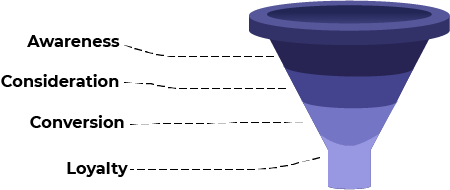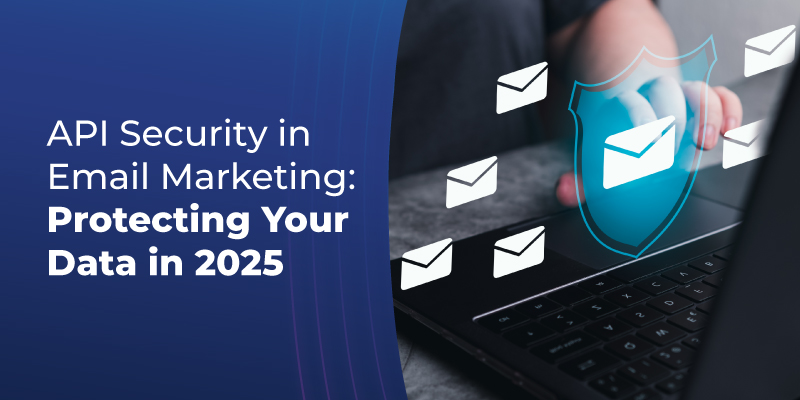Contents:
Traditional marketing strategies no longer work to entice subscribers, and aggressive advertising techniques repel them. A marketing funnel is useful because it allows you to visualize customer behavior at each stage of the process. The funnel can help you answer questions like: Where are most of my customers in the sales process? What is the best way to reach those customers at each stage? What marketing strategies have the highest ROI for each stage of the funnel? How can I increase the number of people who enter each stage of the funnel?

Introduction to a Email Marketing Funnel
A marketing funnel is a visual representation of the customer's journey to purchase. The idea is that you start with a large group of potential customers, and you progressively narrow that group down until you have a small group of customers who are ready to buy from you. An email marketing funnel explains how a subscriber converts from a prospective lead to a paying customer through aggressive educational and promotional email campaigns. The funnel emphasizes the elicited actions that need to be taken in a timely manner to ensure the right lead is reached at the right time. The AIDA Model, also known as the email funnel, describes the cognitive stages an individual goes through during the purchasing process. Basically, it's a purchasing funnel in which buyers move through each stage to make their final purchase.
A unique feature of an email marketing funnel is that it enables advertisers to send messages at precisely the right times, personalizing each email for each subscriber. With the aid of email marketing funnels, you can identify where your lead is in the buyer's journey and communicate with them more effectively.
Elements of the Email Marketing Funnel
-

Awareness: Awareness is the number of people who are aware that your product/service exists. Awareness is the number of people who have heard of your company, have an idea of what you do, and have seen your name or brand in the media
-

Interest: Interest is the number of people who are actively researching/thinking about your product/service/company. It is the number of people who have decided that your product/service is what they want and are now actively researching your product.
-

Desire: It is the number of people who have a strong desire/need to purchase your product/service. People have probably done their research and have a strong desire/need to purchase your product/service
-

Action: The final stage of the funnel is action. Action is the number of people who have taken the final step in the sales funnel and purchased your product/service.
At each stage of their journey with you, the customer is behaving in a different way and giving you different signals about where they are in the process. They may be ready to buy right now, or they may need more information before they’re willing to purchase. Understanding how customers move through your sales process will help you create effective marketing strategies for each stage of that journey.
Once you've gotten your subscribers through the first two steps of the funnel, you'll be able to convert them into paying subscribers. At the bottom of the funnel in step three, you want to keep sending personalized nurturing campaigns with a more aggressive conversion strategy since you have built a relationship with your subscriber by providing value.
Also Read: Ways to drive Customer Engagement in Email Marketing Campaigns
B2B vs B2C Email Marketing Funnel
The email marketing funnel is often influenced by the customer base. Customers in the B2C market frequently navigate the funnel by themselves or with the help of trusted advisors like friends and family. Clients of B2C companies may never speak directly with the company representatives. B2B customers, on the other hand, tend to have larger, more focused buying groups. As consumers move through the marketing funnel, they interact directly with sales representatives. In order to position yourself as a credible brand, lead nurturing emails should be relevant, valuable, and customized. You have the opportunity to build a relationship with your customers with each email you send.
Summary
You can consistently generate new leads with an email marketing funnel while maintaining your existing list. You can have your email funnel work for you 24/7 with the right technology, just like a skilled salesman. If your customers regularly have a positive experience with your brand, they will become loyal to your brand and spread the word about your products. Since social media has expanded the relationship beyond just the buyer and the business, it now includes AIDA's various goals through data added by other customers via social networks and communities.
With an email marketing strategy developed for conversions, you can turn your prospect leads into repeat customers like a well-oiled machine. Email marketing funnel is useful for analyzing how customers interact with your business. They help you understand what customers need at each stage of the journey and how you can best meet those needs. Building email marketing funnels that convert is what you need to do. Sign up for free today!


